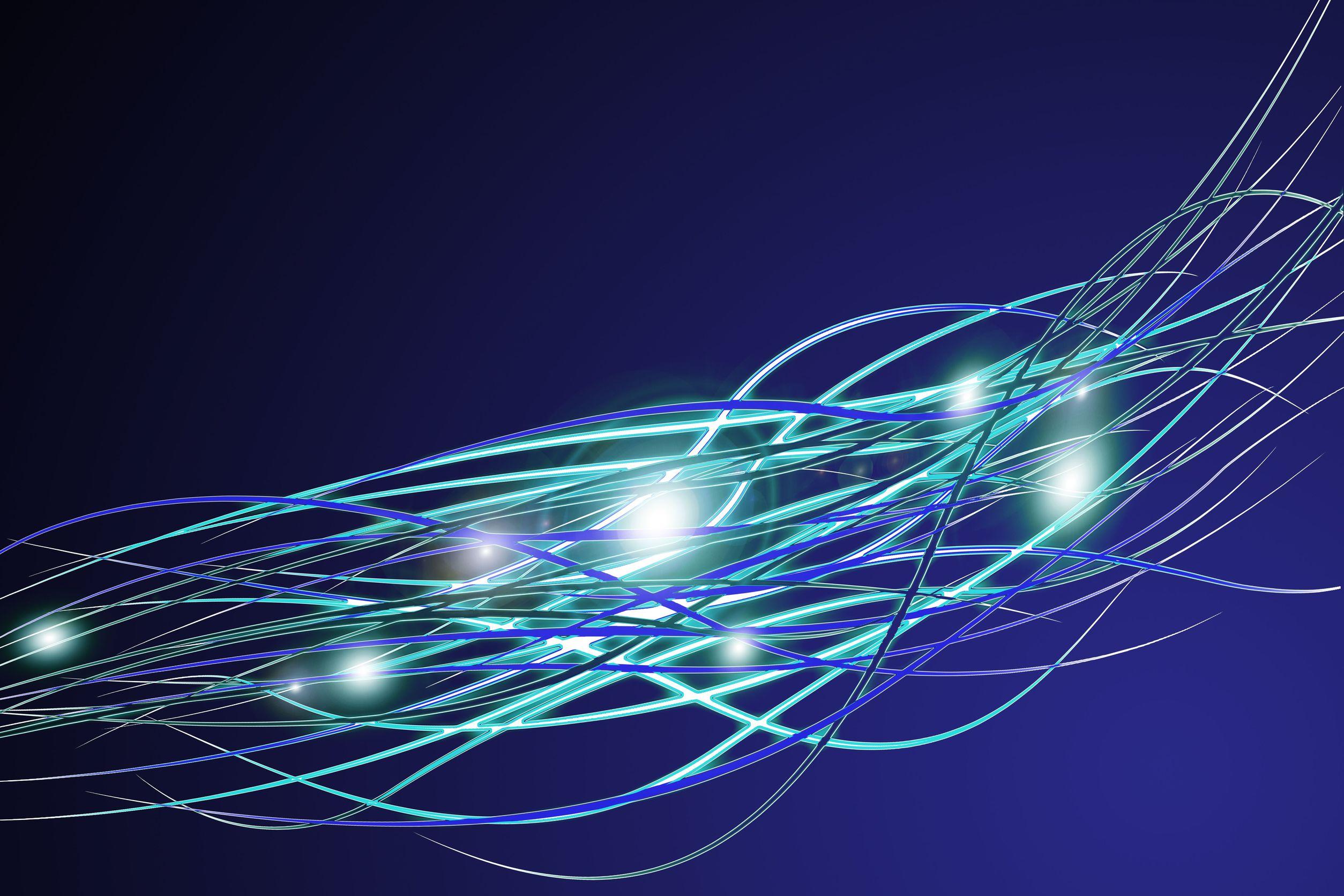You may be shocked to hear this, but fiber optics have existed since the late 1800s, of course they were nowhere near as sophisticated as their modern form. It stared with extremely humble roots, being nothing more than bent glass tubes which were used to illuminate difficult to see areas during medical procedures. However, in 1880 Alexander Graham Bell, perhaps best known as the inventor of the telephone, created something called the Photophone. This invention allowed for the transfer of sound on a beam of light; although Bell considered this to be his greatest invention, the practical uses weren’t discovered until many decades …
Month: June 2018
What does "fiber optic" mean? Fiber optic cables are a bundle of thin glass threads, also known as the fibers, which can quickly and easily transport light waves. Messages and information can be modulated onto these light waves, which allows fiber optic cables the ability to transmit data, this is essentially how fiber optic internet works. Now, you may be wondering, what advantage does this have over the traditional copper cables found in power lines? Well, fiber optics have a slew of advantages over these traditional metal lines. Advantages of fiber optic internet First and perhaps most noticeably, fiber optic …

